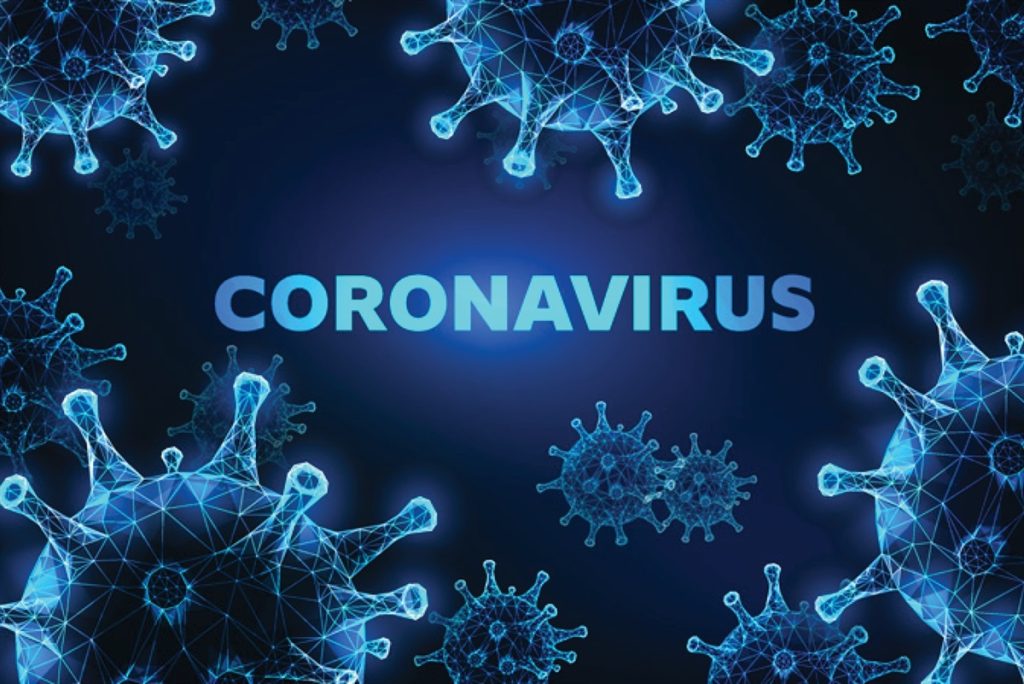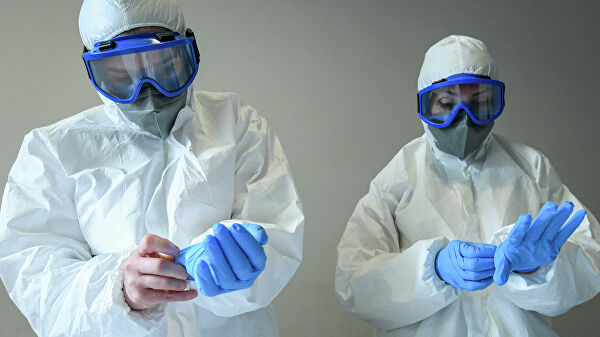
1. COVID-19: By the numbers
The number of people who have died from the disease in the U.S. hit one million in May 2022. By late August of this year, the number of people who have been infected with the virus here had surpassed 94 million. The CDC provides numbers in a COVID Data Tracker that refreshes every weekday. But those numbers are based on modeling and could be revised with new data; the true numbers are more difficult to track, since not everyone who gets the virus gets tested, and home test results aren’t included in the CDC data.
COVID-19 surges can vary by location. The CDC offers a COVID-19 by County tool that can help people determine the level of risk in their county or one where they are traveling.
2. The virus can spread in multiple ways.
According to the CDC, COVID-19 is spread in three main ways:
- Breathing in air when close to an infected person who is exhaling small droplets and particles that contain the virus
- Having these droplets and particles land on the eyes, nose, or mouth
- Touching the eyes, nose, and mouth with hands that have the virus on them
In addition, droplets can land on surfaces, and people may get the virus by touching those surfaces, although, according to the CDC, this is not thought to be the main way COVID-19 spreads.
Anyone who is infected with COVID-19 can spread it to other people, even if the infected person does not have symptoms, according to the CDC. In general, the more closely you interact with others and the longer that interaction, the higher the risk of COVID-19 spread. Indoor spaces are more risky than outdoor spaces.

3. The virus continues to change.
Outbreaks of COVID-19 have come in waves in which a surge of new cases typically is followed by a decline in infections. A loosening of restrictions on mask-wearing and other mitigation efforts can precipitate a wave, as can an event or celebration period such as the winter holidays, when people are more likely to travel and gather indoors.
New variants of the virus have also prompted waves. Over the last two years, the variants Alpha, Beta, Delta (named by the World Health Organization after the Greek alphabet), and others have caused increases in cases, and illnesses ranging from mild (with no reported symptoms in some cases) to severe.
While the milder Omicron variant and its subvariant BA.5 (and its cousin, BA.4) appear to be less deadly than variants that preceded them, they can still cause severe illness and death in some people. Early indications signal that BA.5 may have some increased ability to escape immunity, including immunity from prior infections, according to a White House statement released in July. This means it has the potential to cause the numbers of infections to rise in the coming weeks, especially in areas where there is waning of immunity from vaccines and fewer people are up to date on vaccinations, the statement says.
BA.5 is believed to be the most contagious variant so far, although both infections and hospitalizations have remained relatively low compared to previous COVID-19 waves.
But even when a virus strain is associated with mild illness, some people will get very sick, and experts worry that large outbreaks could overwhelm health care systems—and provide more opportunities for the virus to mutate, laying groundwork that could become a breeding ground for more new variants.
4. Long COVID is still not well understood.
Another challenge is what the CDC has called “post-COVID conditions,” also known as Long COVID. It is now estimated that nearly 1 in 5 adults and children, including healthy ones who had mild or no symptoms during their initial COVID-19 infection, experience Long COVID, which is when new, returning, or ongoing symptoms last for weeks, months, or years. These usually start four or more weeks after the initial infection, and range from fatigue and muscle pain to—in extreme cases—serious respiratory, digestive, and neurological symptoms, as well as autoimmune conditions and multisystem inflammatory syndrome in children (MIS-C), in which different body parts become swollen.
Experts still don’t know why this occurs. While there is still a lot to learn, dedicated post-COVID condition clinics around the country are working to help treat patients with long-COVID symptoms.

5. Vaccines are key to preventing severe illness and hospitalization.
Vaccination remains a key strategy for preventing severe disease. (Breakthrough infections have increased as immunity from the vaccines wanes over time and as new variants emerge, making infection prevention difficult.)
Each person should be able to choose the vaccine and booster—or boosters if eligible—for their situation, taking into account that recommendations on timing, dosage, and number of shots vary based on such factors as age and health status. More information on where to get COVID-19 vaccines and boosters is available on Vaccines.gov.
6. There are steps you can take to prevent infection.
There are other things you can continue to do to protect yourself. The CDC recommends the following preventive actions:
- Wear a mask when appropriate: Anyone 2 and older should wear a well-fitting mask indoors in public if they live in an area where there is a high level of COVID-19, or in indoor areas of public transportation or transportation hubs. Also wear a mask if you are caring for someone who has COVID-19 or are sick yourself. Talk to your provider about the best use of a mask if you or someone you spend time with is at increased risk, if you are pregnant, or if you are unvaccinated or taking medication that weakens the immune system. The CDC provides a guide to masks and guidance for choosing a mask on its website.
- Maintain a social distance: Do this inside your home when you have close contact with people who are sick, and indoors in public, especially if you are at risk for severe illness. Try to avoid poorly ventilated spaces and crowds.
- Test yourself: There are different types of tests available, including tests that are sent to a laboratory and tests that can be done at home. If a test result is positive, you should isolate from others and let people you have had close contact with know. There is a CDC tool to help you figure out how long you need to isolate if you have been exposed or infected.
- If you are pregnant: In August 2021, the CDC urged pregnant people to get vaccinated. Pregnant people are at an increased risk for severe illness from COVID-19 when compared to those who aren’t pregnant. They have a higher risk for preterm birth (delivering the baby earlier than 37 weeks), and possibly other poor pregnancy outcomes, according to the CDC.
There are other preventive strategies that could be helpful, depending on your situation. Further guidance for preventing infection is available on the CDC website.
It’s important to know that local rules may vary, and fully vaccinated people must follow local business and workplace guidance, and take precautions as directed in health care settings.




























